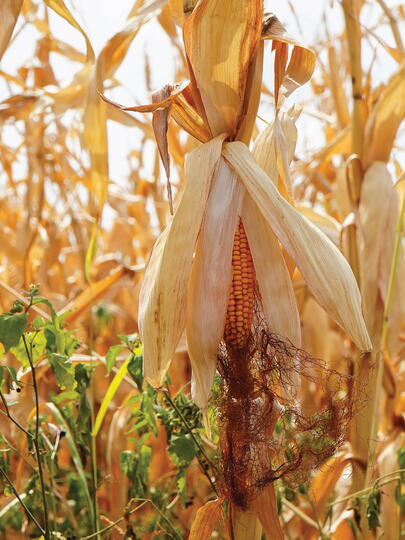What is Indigenous data sovereignty and why does it matter?
Ensuring that Indigenous peoples have control over data related to Residential Schools, health, census, and more is crucial to truth and reconciliation in Canada.
Data sovereignty relates to the collection, storage, and access to information. It’s subject to the laws of the country in which the data is collected and stored. In Canada, data is governed by the Access to Information Act, which ultimately causes barriers to Indigenous peoples and communities and their right to Indigenous data sovereignty.
As it stands, there are many barriers preventing Indigenous peoples from accessing their data. These include legislation, the way archives are set up, and even differences in the ways communities hold and preserve data.
Kristin Kozar (MLIS’18) is a proud member of the Hwlitsum First Nation with familial ties to the Musqueam Indian Band, Penelakut Tribe, and Lummi Nation. Ensuring Indigenous data sovereignty is a big part of her work at the Indian Residential School History and Dialogue Centre (IRSHDC) at UBC, as well as her passion, and she teaches about it at UBC’s School of Information.
Below, she explains how Indigenous data sovereignty relates to truth and reconciliation.
How data relates to colonialism
“There is a misalignment with truth and reconciliation and Indigenous people’s inherent right to data sovereignty,” says Kozar. She explains that the Canadian government has data on Indigenous peoples related to healthcare, the census, and Residential School records, along with a plethora of other data that Indigenous communities do not have access to.
The Truth and Reconciliation Commission found that Canada has a history of extracting information from Indigenous communities and destroying school, accident, and health records. The federal government used information to perpetuate anti-Indigenous stereotypes and to continue to justify colonial policies, legislation, and the oppression of Indigenous peoples, instead of using the information to uplift and support Indigenous communities.
In her teaching, Kozar gives the example of the population of Indigenous peoples across Turtle Island before contact, the land that was allotted in treaties, and the land that Indigenous peoples control today. These maps illustrate how Indigenous peoples have been forcibly relocated to smaller land areas, which are also smaller than what was negotiated during treaty processes.
“When we’re talking about data, it is weighted heavily for the colonizers’ view for pushing us down,” says Kozar.
Working toward Indigenous data sovereignty
“The federal government needs to work with First Nations, Inuit, and Métis communities to provide access to information and total governance over their data,” Kozar says. “These systems need to be torn down and the structures need to be rebuilt with Indigenous communities at the forefront.”
Kozar pinpoints New Zealand as a forerunner in Indigenous data sovereignty and says Canada needs to catch up.
“There are numerous Indigenous communities in New Zealand that have full autonomy over their data,” says Kozar. For example, the Te Mana Raraunga Māori Data Sovereignty Network is a perfect example of Indigenous data sovereignty. The network advocates and works with governments and universities for the protection of Māori data and for Māori to have full governance over their data.
In Canada, institutions, including universities, continue to be extractive when working with Indigenous communities. Copying the colonial model, institutional research projects continue to uphold anti-Indigenous policies and stereotypes.
“Typically, the institution holds the information or data from research,” Kozar explains. But IRSHDC aims to help Indigenous peoples access existing data and record their own data. The centre has established partnerships and memorandum of understandings with various Indigenous communities and archive holders to help facilitate access to records for Indigenous peoples.
Harnessing data in service of Survivors
IRSHDC also runs the Oral Testimony Program, which works with Indigenous communities, individuals, or organizations to record oral truths, histories, and testimonies related to Residential Schools and other colonial policies and practices, such as Indian Hospitals. This ensures that Indigenous peoples’ experiences that might not be reflected elsewhere are recorded, preserved, and made accessible for future use.
“With the Oral Testimony Program, communities decide how the information is stored and who has or doesn’t have access to the records,” says Kozar. “The sole purpose is to be in service to Survivors and walk alongside them and their families in regard to access and control over their records and data.”
This article was originally published in Beyond UBC.
































